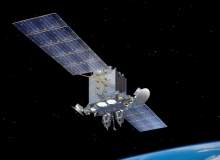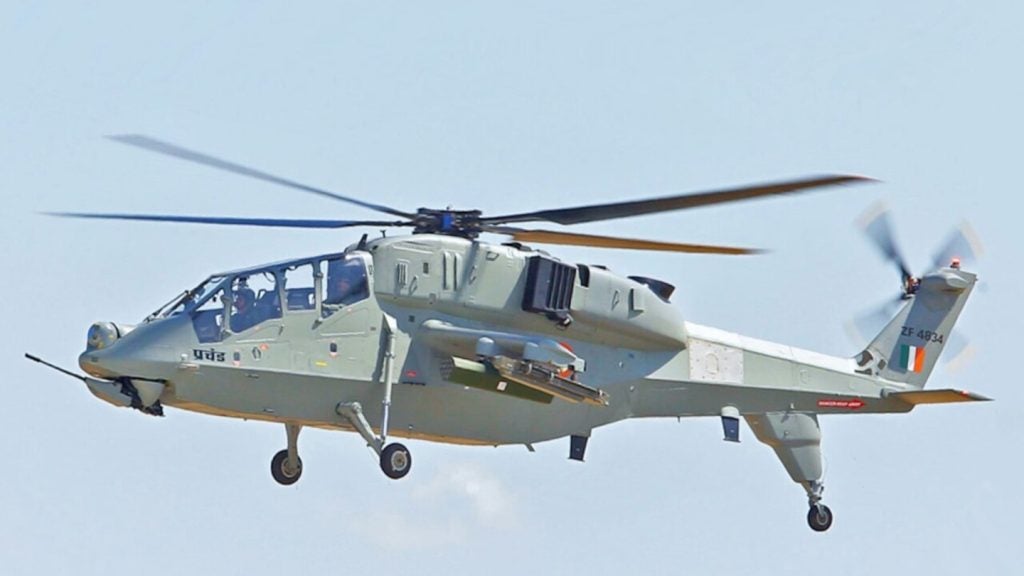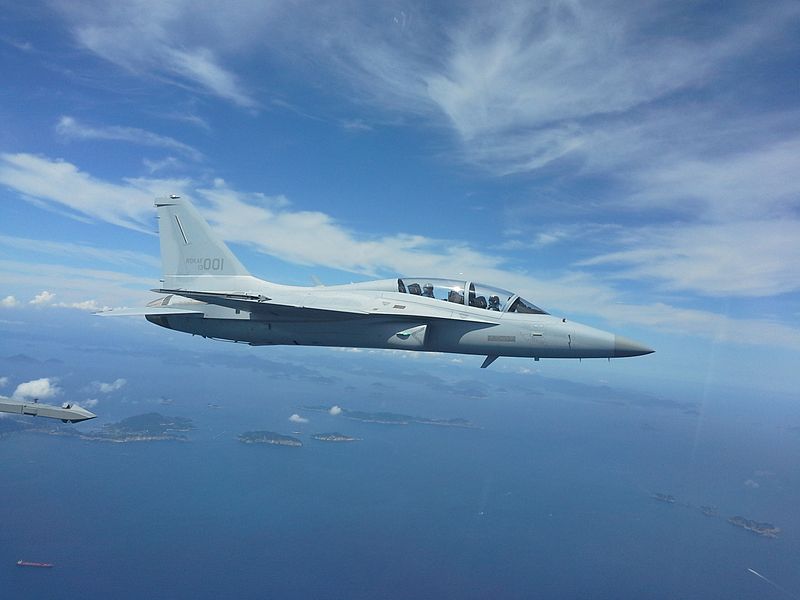

From humanitarian relief operations to major combat, modern militaries depend heavily on space for mission success. The US military, for example, has significantly reduced in size since the end of the Cold War and transformed itself into a force which emphasises agility and speed. One army unit today can cover three hundred times more ground than the same unit could a few decades ago. This evolution has for the most part been enabled by the use of space assets.
Today, Western militaries use satellites for precision navigation and timing, munitions guidance, communications, weather forecasts, high-resolution imagery and missile defence. There is no mission today across the military spectrum which does not rely in some way on satellites.
This reliance is a worry for military commanders in the West, especially in the US where space technology is particularly entrenched. Dependence on space has become a "double-edged sword" and now potential adversaries are "going to school on us", according to the head of the US Air Force Space Command, General William Shelton.
"They are certainly mimicking us," the general said recently. "But more concerning, as they’ve watched us, we’ve watched them develop systems to challenge our advantages in space. Just as the start of spaceflight signaled a fundamental shift in military operations, in my mind, so does this new era of challenging another nation’s space assets."
New protection for the contested space environment
From low-earth orbit to geosynchronous orbit, space is becoming a contested environment just like the air, land and sea domains back on earth.
How well do you really know your competitors?
Access the most comprehensive Company Profiles on the market, powered by GlobalData. Save hours of research. Gain competitive edge.

Thank you!
Your download email will arrive shortly
Not ready to buy yet? Download a free sample
We are confident about the unique quality of our Company Profiles. However, we want you to make the most beneficial decision for your business, so we offer a free sample that you can download by submitting the below form
By GlobalDataThis is spurring the development of a new generation of capabilities which could protect space assets. On February 21, speaking at the Air Force Association, General Shelton confirmed the previously classified Geosynchronous Space Situational Awareness Program (GSSAP). The GSSAP satellites will not be like ordinary spy satellites, which point their sensors towards earth; instead they will be monitoring space and the geosynchronous belt – 23,000 miles above earth.
General Shelton described GSSAP as a ‘neighbourhood watch’ programme.
The satellites will monitor areas where there are key national security space assets for the US including the Space-Based Infrared System (SBIRS), an early missile warning system, and the Advanced Extremely High Frequency (AEHF) constellation, which provides jam-proof communications for the US President.
These assets don’t come cheap; both SBIRS and AEHF constellations are around $1bn each.
The GSSAP satellites will use electro-optical sensors to monitor objects above and below the geosynchronous belt. It will give the US military a much greater insight into what is going on in space and an added level of protection for its essential, and expensive, systems.
What threats do Western satellites face in space?
Since the launch of the first man-made satellite in 1957, space has become an increasingly crowded domain. There are now an estimated 1,100 active satellites – both military and commercial – in orbit as countries pursue the benefits of this technology. There are also inactive satellites and so-called ‘space debris’; the US Air Force Space Command tracks around 23,000 objects in orbit and says there are an estimated 500,000 pieces of debris too small to detect.
These objects present a significant risk to satellites and manned spacecraft in orbit. In low-earth orbits, objects can travel up to 17,000mph and even the smallest pieces of space debris can have incredibly destructive velocities. In 2009, a commercial Iridium satellite and a defunct Russian military satellite collided at 22,000mph – the first satellite collision in history – creating around 10,000 extra pieces of space debris.
As the potential for more space debris grows so too does the risk to vital US satellites. Part of GSSAP’s capabilities will be to track this debris and give those on the ground a greater window of opportunity to avoid future collisions. It’s part of what industry insiders call space situational awareness.
But it’s not just space debris the US wants to monitor. A number of nations are increasing their space activity, including emerging powers such as Russia, India and China, as part of a ‘new wave of international investment in space’. India recently launched a mission to Mars while China landed its ‘Jade Rabbit’ lunar rover on the moon in December 2013. The projects are significant achievements for both countries.
These programmes are relatively benign compared to what really concerns the US and that’s anti-satellite technologies which can deny service or even destroy active satellites.
"We face a host of man-made threats that may deny, degrade or disrupt our capabilities," said General Shelton. He identified jamming, which can block satellite signals from space, and lasers that can blind imaging systems, as particular threats. Lasers could even be used destructively, depending on the future development of directed-energy weapons.
Kinetic kill – the anti-satellite ballistic missile
Most destructive of all are direct-attack weapons being developed by countries such as China. These will no doubt cause sleepless nights for commanders like General Shelton.
Experts point to one event seven years ago to illustrate the seriousness of direct attack weapons in space. On January 11, 2007, a weather satellite orbiting around 500 miles above earth was intercepted and destroyed by a Chinese ballistic missile as part of an anti-satellite missile test. The Chinese satellite Fengyun 1-C was destroyed by a ‘kinetic kill’ – meaning force of impact alone, not with explosives.
It’s the first successful destruction of a satellite since 1985, when the US carried out its own anti-satellite test. There is also evidence that China followed up on this test with another missile launch in May 2013 aiming for the geosynchronous orbital belt, a significant step up from its low-earth orbit test in 2007.
"The dangers emanating from China’s counterspace investments are real and growing," said Ashley Tellis, a senior associate at Carnegie Endowment for International Peace, during a recent House Armed Services Subcommittee hearing.
He added: "The diversity of Chinese counterspace activities ensures that almost every US space component – the space systems in orbit, the links that control them and channel their data, and their associated ground facilities – will face grave perils as current counterspace programmes mature and their technologies are integrated into the People’s Liberation Army warfighting arsenal."
If the capability to destroy satellites wasn’t worrying enough, the Chinese anti-satellite test also created an unprecedented amount of space debris. At the time NASA called it the "worst satellite break-up in history". Using high frequency radar, analysts from NASA’s Orbital Debris Program estimated the total number of debris created by the test to be around 150,000 pieces, making China, by far, the biggest contributor to space debris.
How to tame the threat of anti-satellite weapons and space debris
Experts like Tellis have called on the US to commit adequate financial resources for countering China’s anti-satellite technology. Congress "should not stint" in funding all the mitigation efforts to counter the Chinese threat, he says. General Shelton’s February 21 announcement is a sign the US is heeding that warning and improving its defences against emerging space threats.
The US is also looking to increase partnerships among allies in order to diversify space assets, decrease costs and mitigate the risks posed by anti-satellite technology and space debris. Exclusivity in the space domain is no longer the desired policy for US planners. For example, the US is working closely with Australia on the wideband communications system and with Canada on the AEHF constellation.
Space is also the subject of international law under the Outer Space Treaty signed in 1967, which includes the freedom to explore space by all countries and also a ban on weapons of mass destruction in space. The US’ policy position says freedom in space is a right but states should also act responsibly and refrain from aggressive behaviour and debris creation.
Yet attempts to solidify this with a space ‘code of conduct’ have been met with a lukewarm reception.
Unlike with nuclear weapons, for example, there is no ‘arms control’ solution to the emerging dangers in space posed by countries such as China. There are deep divisions over what constitutes the militarisation of space and what should be considered a ‘space weapon’. In 2006, the UN General Assembly proposed the Space Preservation Treaty, which would ban all space weapons.
But with its vast fleet of military satellites, it was actually the US, not China, which vetoed that treaty.
Observing this situation, Tellis said: "All these controversies ensure that a useful space arms control regime capable of restraining counterspace activities by any state, including China, is very far away, if it is at all possible."
Follow Grant Turnbull on Google+


.gif)





